
Foods rich in natural antihistamines really can offer allergy relief and especially so in the summer when our sinuses are suffering with pollen.
So I have for you here a simple guide to natural antihistamines covering :
- Antihistamine Basics
- Allergy Relief Diet
- Antihistamine Ingredients
- PLUS Allergy Relief Extras
Hopefully it will help you include lots of healthy antihistamines in meals easily AND spot surprising issues in your diet that make hay fever worse.
(If you are suffering with an insect bite or sting check out these home remedies for bites & stings).
This post should not be read as medical advice. Always see a doctor regarding new and changing symptoms of allergies.
Table of Contents
Basic Introduction To Natural Antihistamines
In this section I will quickly introduce you to to the basics of :
- Natural Anthistamines
- Flavonoids
- Bromelain
- High Histamine Foods
- Sugar & Histamine Issues
- Gastritis & Histamine Issues
- Histamine & Food Sensitivities
It is all useful but if you're in a rush skip to the Allergy Relief Diet section.
Natural Antihistamines

Many plant foods contain natural antihistamines that balance our body's inflammatory responses and help prevent excess :
- Inflammation
- And mucous production.
They also help our bodies handle foods high in histamines e.g. fermented foods, pickles.
Helpful natural antihistamines include flavonoids that give plants colour plus the enzyme Bromelain.
Flavonoids

Research suggests we can get relief for hay-fever like symptoms from common flavonoids such as :
- Quercetin : capers, dill, kale, watercress, coriander, radicchio.
- Rutin : apples, figs, black tea, green tea, olives, asparagus.
- Luteolin : thyme, beets, celery, spinach, beets, chili peppers.
But it is not clear from research how our body uses flavonoids like Rutin, Quercetin & Luteolin. Gorging loads or taking supplements doesn't help!!
But enjoying a range of flavonoid rich food in our diet makes a difference.
Bromelain
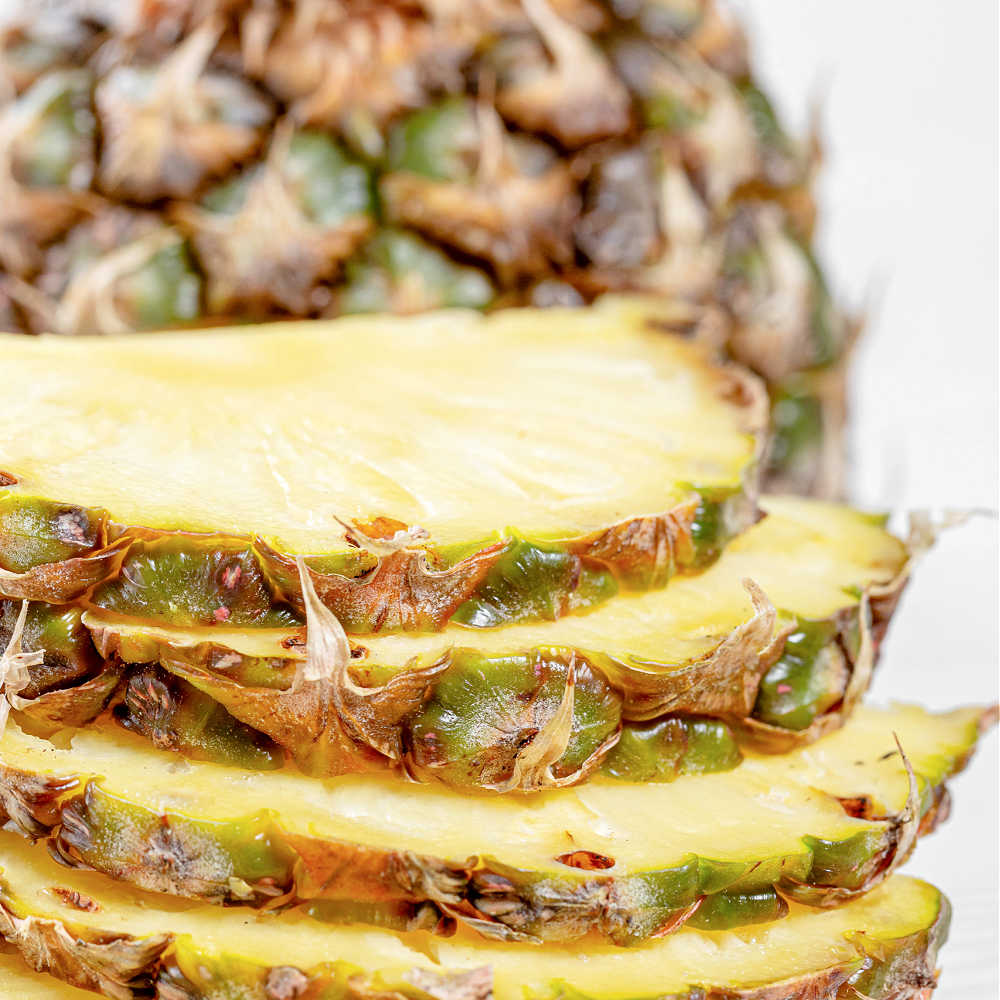
Bromelain is a digestive enzyme, found in pineapples, that can help relieve runny nose symptoms of allergies and hay fever.
You can buy Bromelain supplements but again it is not clear they help.
The secret of these natural antihistamines seems to lie in their interaction with other food including food high in histamines PLUS some other key chemistry in our gut.
High Histamine Foods

Some very nutritional foods like tomatoes are high in histamine or trigger the release of histamine.
They are great in moderation as histamines play a key role in our immune system flagging dangers but many of us saturate our body with e.g. yoghurt and fermented food.
Our sky high histamine levels can then be sent even higher by both :
- Crazy sugar levels
- Gastritis.
Sugar & Histamine Issues

Sugar seems to be a triple whammy for histamine problems as it:
- Causes high inflammation itself.
- Triggers histamine production as it erratically spikes & falls.
- Turns our gut into a gas works that produces even more histamine!!
Slashing sugar is one of the best things we can do for histamine issues as we'll see in the Allergy Relief Diet.
Gastritis & Histamine Issues
The human gut naturally produces the gases methane and hydrogen as part of normal digestion.
But both get out of hand in gastritis causing painful wind and belching.

Excess gas very often goes hand in hand with excess histamine. The hows and whys of this are not totally clear but it is a thing and your sensitivity to high histamine food may actually be too much gas!!
Histamine & Food Sensitivities
Some of us do have genuine food allergies and intolerances but often the problem is not actually the food itself but rather the state of our gut.

I thought I was super sensitive to tomatoes that seemed to cause headaches, itchy skin and sore eyes.
It wasn't the tomatoes.
I just had crazy gas issues and high histamine from a fashionable but silly gut health diet. Sorting out the gas solved the tomato sensitivity.
So if you feel you are sensitive to high histamine food always look at your overall gut & digestive health first.
Allergy Relief Diet
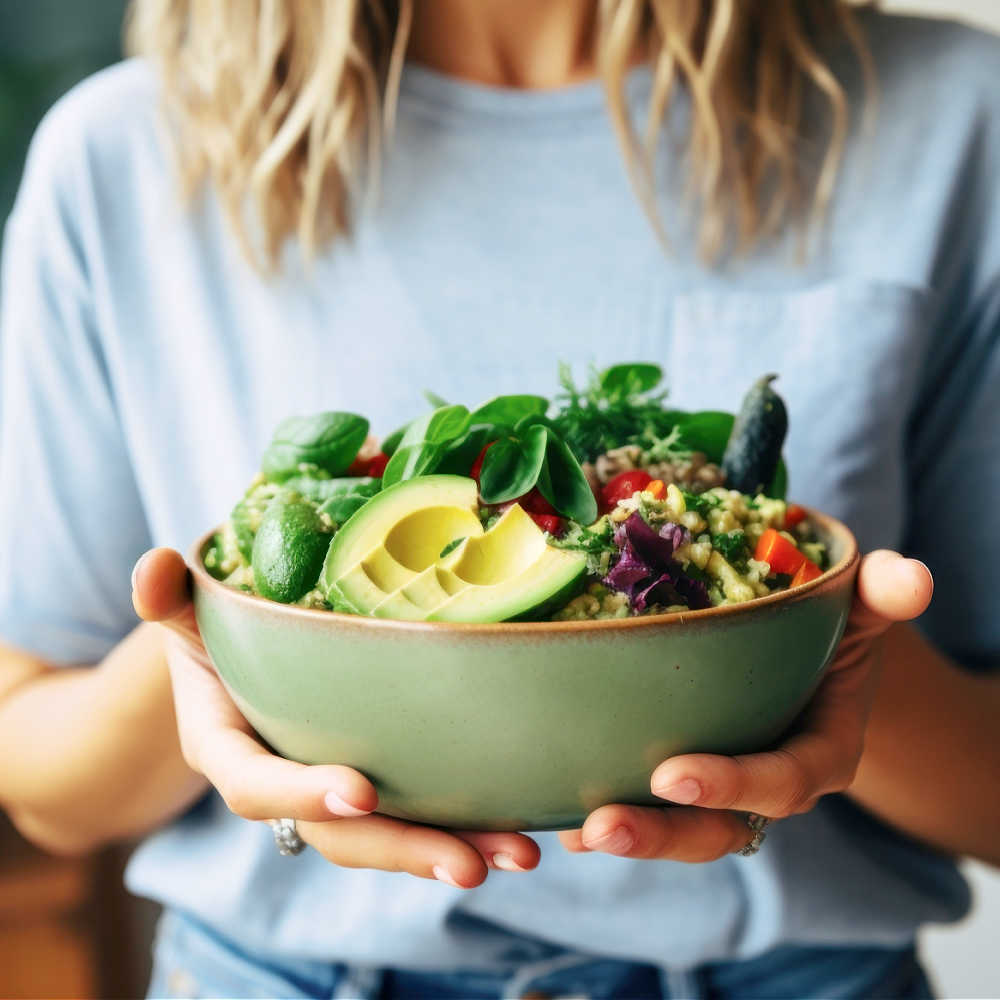
It's very easy to get caught up in crazily obsessive diets but we do NOT need to drive ourselves nuts avoiding all high histamine food and gorging ourselves on antihistamines.
There are four very simple changes we can make to our diet to help ease allergies and hay fever :
- Seriously slash sugar
- Ease up on gassy food
- Stop saturating our bodies with high histamine food
- Enjoy flavonoid rich food
It is also worth testing for :
- Iron deficiency if you eat little red meat as it's tied to allergy issues.
- Magnesium deficiency as it's tied to hormone imbalance which in turn triggers histamine production especially in perimenopause.
Seriously Slash Sugar
Sugar messes with our whole body triggering back pain, dandruff, acid reflux and allergy issues of all sorts!!

So slash as much sugar as you can from your diet, especially leading up to and during hay fever season.
I give sugar up completely every year for Lent and the impact is amazing!!
If you can't go the whole hog do as many of these as you can :
- Avoid all sodas
- Chuck out candy
- Ditch cereals with added sugar
- Halve your breakfast juice
- Don't fall for granola or protein "health" bars that are full of it
- And watch out for sugary yoghurts
- Buy bakers not factory bread
- No cookies between meals
- Save up sugar for dessert - after protein - to stop the spikes.
Ease Up On Gassy Food
If you have excess gas symptoms ease up on gas producing food :
- Fruit Juice
- Pulses & Beans
- Very Gassy Vegetables e.g.
- Onions
- Garlic
- Artichokes
- Broccoli
- Brussel sprouts
- Fermented Food.
This isn't about obsessively avoiding all of this food just easing up.
Stop Histamine Saturation
Obsessive food monitoring can in fact contribute to food sensitivities, so we absolutely don't want to agonise over high histamine foods.
But we need to stop saturating ourselves day in - day out with these common histamine triggers :
- Yoghurt
- Probiotics
- Tomatoes

- Cheese
- Orange juice
- Beans & pulses
- Alcohol.
The easiest way to cut down is the half as much - half as often rule which can get us into the balanced diet ballpark without faff or fuss.
Enjoy Flavonoid Rich Food
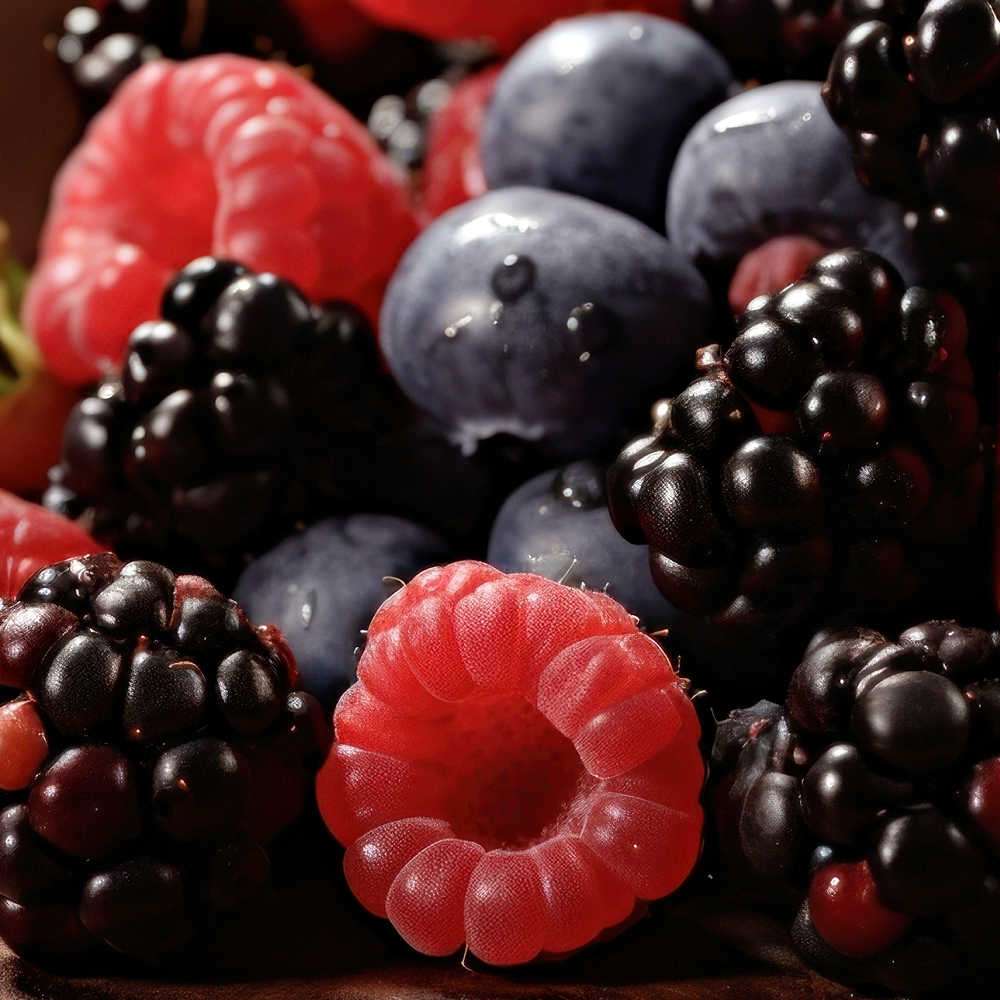
The final step in our allergy relief diet could not be easier. It is simply to add a great mix of flavonoid rich food into our daily diet including :
- Berries & Fruit
- Salad Leaves
- Herbs & Spices
- Garnishes
- Leafy Greens
- PLUS antihistamine extras.
The key word here is mix. We want a wide variety of flavonoids and other natural antihistamines so we don't saturate ourselves with anything.
You'll find lots of examples of all of these in the list of antihistamine foods in the next section.
Naturally Antihistamine Foods To Add To Your Diet

Use this big list of 45 naturally antihistamine foods to boost your antihistamine intake day in day out.
Some may look weird and wonderful but are easy to grow simply or forage for free and are higher in nutrients than many mass produced vegetables grown in poor soil.
Remember you are not trying to tick-off all of them and should not saturate yourself with any of them.
Just use the list to widen the range of plants you eat and enjoy regularly.
Also remember, our individual body chemistry is complex. You may be sensitive to food on this list that helps others so always listen to how your body reacts.
Natural Antihistamine Berries & Fruit

Many delicious berries are natural antihistamines including:
- Elderberries
- Blackberries
- Cranberries
- Blueberries
- Raspberries
- Mulberries
Fresh berries can be expensive but you can pick for free elderberries and blackberries and easily:
Other fruit that can help with histamine levels include :
- Apples
- Pineapple
- Figs
- Juneberry / saskatoon.
Natural Antihistamine Salad Leaves

Many of the slightly less common - but super tasty - salad leaves are rich in natural antihistamines :
- Watercress
- Raddichio
- Asparagus
- Red leaf lettuce
- Wild rocket
- Romaine lettuce
Fancy salad leaves can be expensive but they are super simple and quick to grow for ourself in containers.
Natural Antihistamine Herbs & Spices

Adding a mix of herbs to food helps our body balance histamine levels.
Chuck some of these in cooking or sprinkle on salads or drink in DIY tea:
- Thyme
- Dill
- Parsley
- Cilantro / coriander
- Oregano / marjoram
- Tarragon
- Ginger
- Turmeric
- Basil
- Chamomile (part of the ragweed family so if you are sensitive to ragweed you may also be sensitive to chamomile)
- Nettles
- Rosemary
A mini herb garden gives us instant cheap access to natural antibiotics for all sorts of simple remedies. It is easy to get started with :
Natural Antihistamine Garnishes

We never eat huge quantities of garnish but they really pack a punch. Capers for example are incredibly rich in the antihistamine quercetin.
So adding extra flavour to food can help balance our gut and histamine :
- Lovage
- Capers
- Banana peppers
- Fennel leaves
- Okra
- Red onions (raw)
- Ancho peppers
- Serano pepper
- Moringa / drumstick
- Chia seeds
- Green chilli peppers
- Scallions
Natural Antihistamines In Leafy Greens
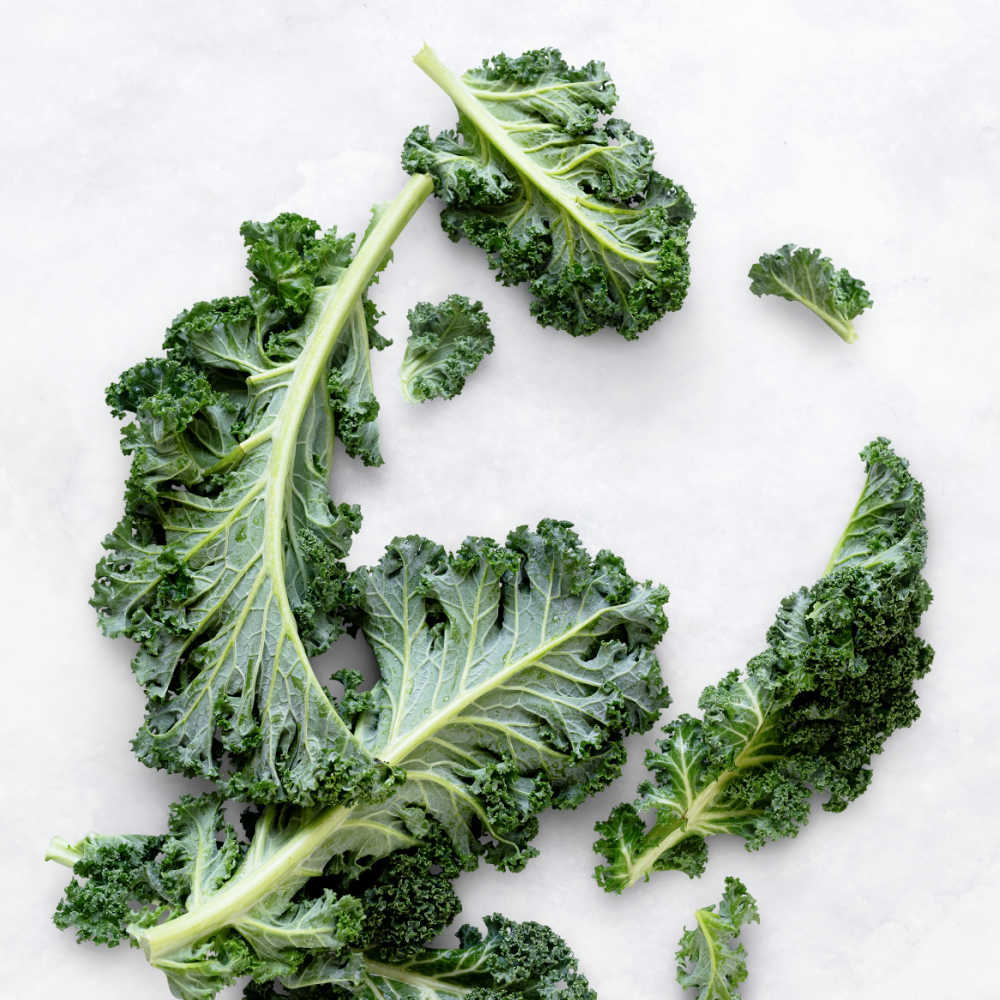
Eating leafy greens daily is a great way to ease inflammation as they are rich in iron, magnesium and a range of antihistamines.
Old faves like spinach and collards are good but adding in a mix of more unusual quercetin rich green leaves can help build our allergy resilience :
- Dock
- Kale
- Mustard greens
- Turnip leaves - they taste amazing with butter, who knew!!
- Radish leaves - radishes are super easy and quick to grow
- Sow thistle - a kind of dandelion also known as hare's lettuce.
If you are struggling to eat leafy greens daily try making :
- Quick Green Soup
- Blending leafy greens into macaroni cheese or lasagna
- Adding them to berry smoothies :

Or for even more ideas check out these green vegetable recipes.
But do make sure you cook your greens properly to reduce the impact of anti-nutrients that can block key minerals and cause gut issues.
Extra Naturally Antihistamine Foods

I am not a big fan of fancy super foods unless I can grow them easily in my garden or pick for free!!
But these super foods can be worth stocking as they do seem to help with allergy relief and a host of other every day conditions :
- Green tea (*see below)
- Natural honey
- Carob powder - a natural sweetener
- Buckwheat
- Goji berries
The honey is definitely a winner as it is a natural antibiotic that helps with everything from coughs, colds & sore throats to heartburn, sunburn and mosquito bites!!
Green tea, is a little more complex as it has antihistamine effects but may block the DAO enzyme that helps us manage histamine. So only drink in moderation and keep an eye on your personal sensitivity to it.
Allergy Relief Extras

Hay fever and other environmental sensitivities appear to have increased in the last 50 years.
Scientists don't agree on causes and it's easy to fall down rabbit holes finding answers for allergy issues.
But cutting back on chemically intensive cleaning products and toiletries does seem to help.
We don't need to be completely obsessive about removing all "toxic" chemicals but these simple - and very often money saving - changes can make a difference :
- Avoid cleaning with bleach.
- Use natural disinfectants.
- Pick less toxic cleaning products.
- Make quick natural pest control products to get rid of flies & ants.
- Try to wash clothes less.
- Try to wash hair less.
- Simply spend more time outdoors all year round (unless you are in an area with pollution issues).
I do hope these tips help you ease your hay fever and allergy issues.
But remember it is NOT qualified medical advice. See a doctor for new or changing symptoms.
For more simple practical tips check out my other healthy living posts and follow me on Pinterest.





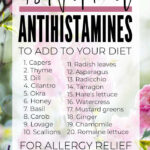






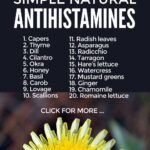

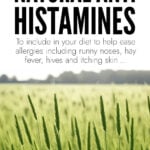




Stacey says
I love this! I'll definitely be using lots of your ideas! I was wondering though, if you would know of natural remedies for dogs. You see, I have a Catahoula leopard dog. He has allergies to EVSRYTHING!! Bless his heart, he scratches sores on himself from itching so much. Coconut oil seems to help, but it absorb so fast, I'm constantly coating him down, which is a feat at 90 pounds of dog! Thank you in advance
Kerri says
It’s his gut he probably has candida
Alice says
I am not very up on dogs but does seem to be an increase with fungal infections in a variety of pets - do you think pet foods are one of the issues?